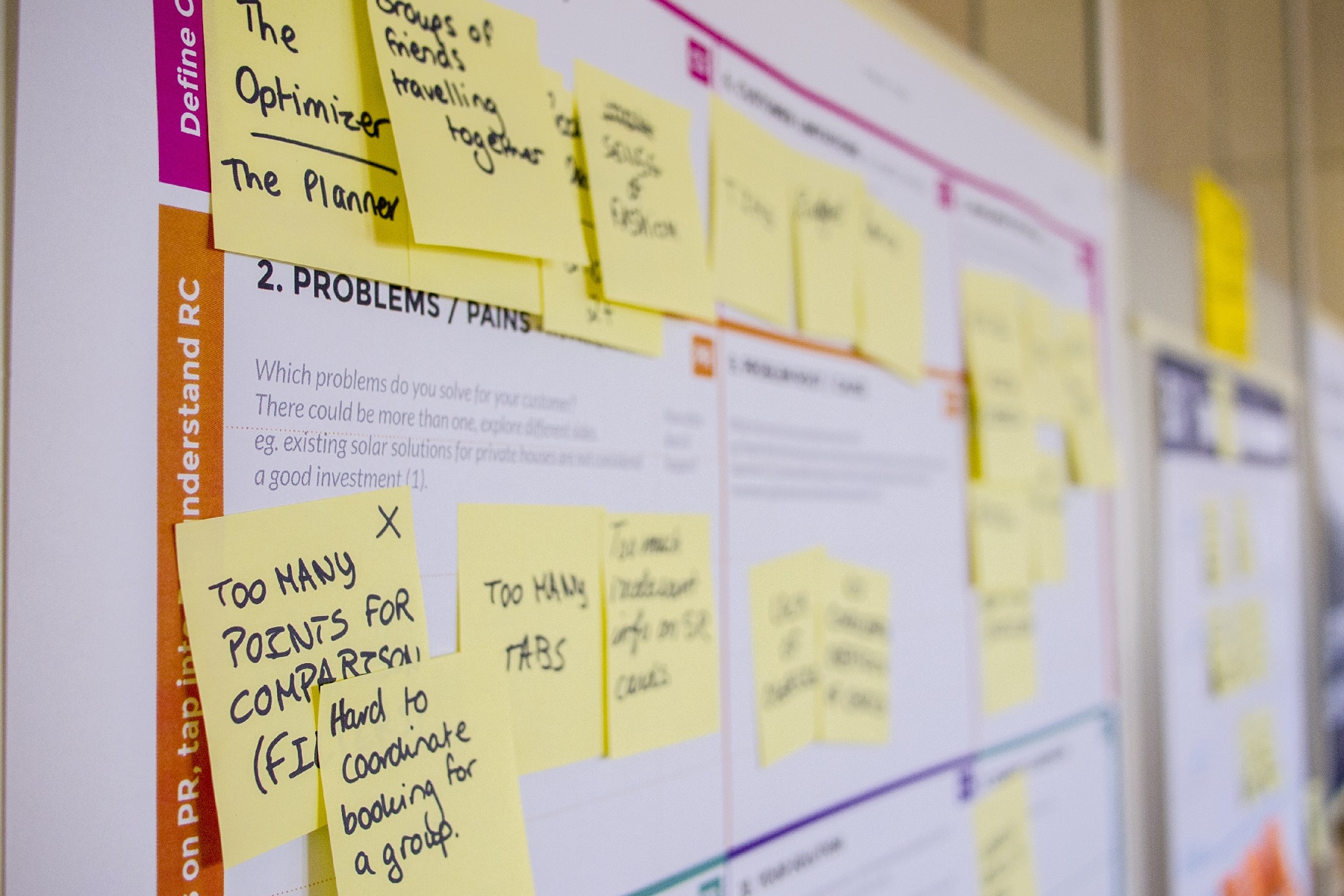1. The new dawn of the value stream
The humble value stream has its origins in the Toyota Production System—which explored how to optimize the manufacture of physical products through jidoka (automation with a human touch), and the concept of ‘just in time’. Visualizing the work rapidly produced the concept of the value stream—and value stream map. These concepts and practices have been used to optimize industry ever since. A major development underpinning the resurgence of value stream management in recent years is that we now have the technology to digitally map, visualize, and organize value streams—and so can achieve many of the benefits of organizing around value streams—without rebuilding the organization from scratch.
2. Work doesn’t equal value, and value is in the eye of the beholder
Not all work creates an output, and not all outputs create value—let alone customer value… so how much time, effort and good will can we save by refocusing towards work that creates value? This is a foundational question behind value stream centric ways of thinking and working. And to build on this, value stream management elevates customer value above all other value—with a principle that as long as your cost-model is right, then focusing on customer value will lead to organizational success.
3. Visibility rules, especially if you care about your performance
This applies both to the flow of work through the system, and also to the value your customers are getting from your product or service. A corollary to the rule that if something isn’t measured, it won’t improve, is that if a system isn’t visible then you can’t know whether it is performant. By taking a flow-centric view of the system—rather than a functional view—value stream management casts a bright light onto how the system truly functions (which is completely different from how abstractions like org charts would suggest).
4. Organizing around value streams organizes your thinking
The greatest advantage of organizing around value streams is that it both surfaces and removes frictions to flow. Organizing teams by the flow of work towards the customer incentivizes improvements to the flow of value to the customer, and creates intrinsic collaboration between people from different functions and skill-sets who can traditionally be siloed in functional hierarchies. Overall it also makes it easy to ensure everyone involved can see the flow of work… something that is supercharged by mapping.
5. Mapping is more useful than a map
Value stream mapping is the well established practice or visualizing all of the work from start to finish. That is from idea or customer need, all the way to the value being in the hands of the customer. Value stream mapping identifies the most advantageous changes to process and ways of working that teams can make to evolve and drive organizational success—faster flow of value to the customer, and greater value realization for that customer. The map this creates will show how work really gets done—a highly useful tool—however there are other outputs that can be even more powerful: it gets all relevant parties together, discussing and aligning on how work should be done to create value—and sometimes even improves alignment on the definition of value itself. Moreover, repeating these mapping sessions can become the backbone of a journey of continuous improvement.
6. Value stream thinking
This means looking at the full system that creates a product or service, and considering how to optimize value-creation. Value stream thinking means considering both efficiency and effectiveness—as both are required for an optimized system. By considering every step in the process from where an idea happens, or a customer signals a demand, value stream thinking aims to eliminate waste and add value. This can include things like streamlining the production process, reducing the time it takes to get a product to market, or finding new ways to engage with customers. Overall, the goal of value stream thinking is to help businesses create more value for their customers in a way that is efficient and sustainable.
7. Metrics for flow and for value
Organizations today generate vast quantities of data, and measure a smorgasbord of different information. Modern value stream management has been bound with the principle of data driven decision making since the information age has brought the tools to enable it: software is eating the world. At the VSM Consortium, we are researching which metrics are used in organizations with digital value streams. —especially those around flow, value, and outcomes. We report this data in our State of Value Stream Management reports.
8. Kaizen vs kaikaku… continuous vs radical change
These two Japanese terms came to popularity through the Toyota Production System and subsequent Lean movement. Kaizen means continuous improvement, and kaikaku means fundamental or radical changes to a production system. They are at the vital center of value stream management in very different ways. Value stream thinking, and VSM more generally implies that you want to manage and improve the value streams that together constitute the system that is the organization. Kaikaku can also be considered central to VSM because for many enterprises, organizing by value streams rather than by functions will be a radical change. Worth noting that VSM platforms offer the possibility that organizations can achieve many of the gains associated with VSM, without rearchitecting the organization—that is to say they allow you to practice kaizen, rather than kaikaku.
9. Value stream management platforms
Value stream management platforms have reignited interest in value stream management because they have made it an option for many organizations where it was previously impossible. By using APIs to plug into all of the tools which together form a software delivery pipeline, these platforms can show the flow of work from its design and analysis until it becomes code, is tested, delivered to different environments and released to customers. People are paying increasing attention to the ‘fuzzy front end’ where a lot of work happens before it is documented as requirements. This market continues to develop and we are watching and researching it with interest.
10. The customer
The customer is the person, team or organization that receives the value in the term ‘value stream management’. The customer is at the heart of this way of thinking and working! It’s a central theme of VSM that thinking about digital products and services in terms of the value they create for their customers is much healthier than thinking about them in terms of the value they create for the organization. Of course the organization also needs to receive value (the price paid for those products or services), but as long as the costing model is correct, then focusing on the customer should ensure sustainable long term value—and incentivize the organization to adapt to both technical innovation and evolving customer needs.
11. The humans
It’s a well known fact that an organization is nothing without its people. Organizing by value streams is intended to release human potential by removing artificial barriers like functional silos and hierarchies—unleashing innovation by connecting the people of the organization with their customer(s). It is also important to emphasize the importance of happiness and joy in work. By making work visible, VSM can reduce unplanned work and toil, which make people unhappy while adding nothing to the true aims of the organization. Treating humans like people offers the greatest potential for creativity and true value creation. And how to get started? Our implementation roadmap is deliberately structured by people, process, and tooling—emphasis on people. Adopting these ways of thinking, working, and organizing requires leadership that spans every facet of your organization.

Rupert Field
DevOps coach and servant-leader with background leading technology product delivery and agile transformation. Excellent experience in product and value-stream management. Gets things done.








Comments 1